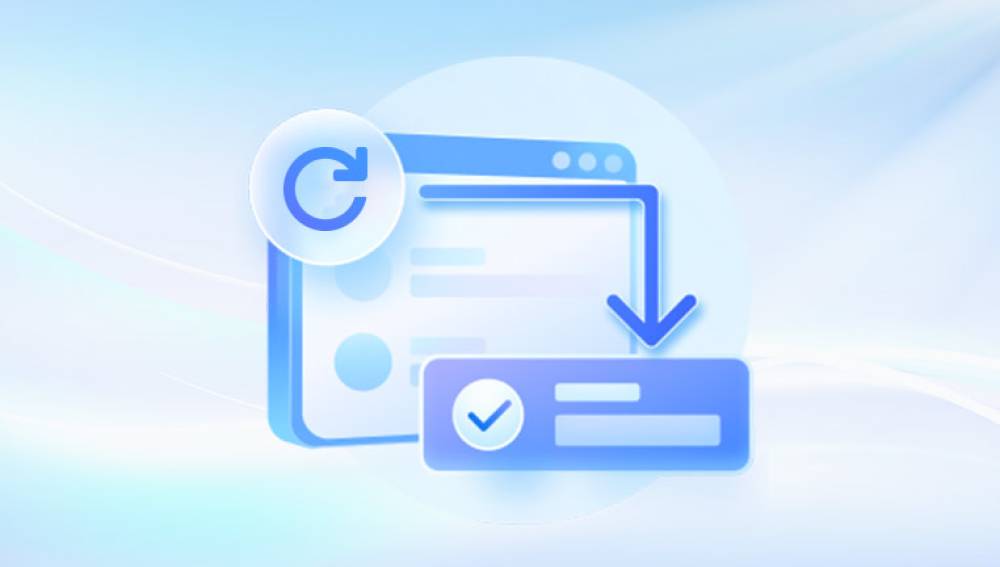They store vital data family photos, important documents, schoolwork, business presentations, and more. But when a laptop suddenly dies refusing to turn on, suffering motherboard failure, or experiencing a power issue it often feels like that data is lost forever. Fortunately, in most cases, files can still be recovered even if the laptop itself is non-functional.
Chapter 1: Diagnosing a Dead Laptop
Before attempting data recovery, it’s important to understand what “dead” really means in this context. Some common symptoms include:

Laptop doesn’t power on
No display but power lights are on
Overheating and sudden shutdowns
Frequent BSODs (blue screens of death)
Clicking or beeping noises
1.1 Determine the Root Cause Understanding the cause helps determine the best recovery method. Common causes include:
Faulty motherboard or CPU
Damaged screen or GPU
Failed hard drive or SSD
Power supply issues
1.2 Can the Laptop Be Revived Temporarily? Try the following:
Remove battery and plug in charger
Reset RAM modules
Use external monitor
Boot into BIOS
If none of these work, proceed with physical file extraction methods.
Chapter 2: Remove and Access the Hard Drive
The most effective way to recover data is by removing the internal hard drive and accessing it with another computer.
2.1 Gather Tools Needed
Screwdriver set
External hard drive enclosure or USB-to-SATA/IDE adapter
Another working computer (Windows, Mac, or Linux)
2.2 Removing the Hard Drive
Power off and unplug the laptop.
Open the back panel (check laptop manual).
Locate and unscrew the hard drive.
Gently remove it from its port.
2.3 Identify Hard Drive Type
HDD (2.5-inch SATA for most laptops)
SSD (SATA or M.2 NVMe)
2.4 Connect to Another Computer Use an external hard drive enclosure or adapter to connect the drive via USB to another machine.
Chapter 3: Access and Copy Files
Once connected to a working computer:
3.1 Automatic Detection
The drive should appear as an external drive.
Navigate to Users > [YourUsername] > Documents, Desktop, etc.
3.2 Copy Important Files
Prioritize documents, photos, and videos.
Skip system files or program installations.
Store files temporarily on the new computer or backup drive.
3.3 File Permission Issues If access is denied:
Right-click the folder > Properties > Security.
Click Edit and assign ownership to your current account.
Chapter 4: Recovering Files from a Damaged or Non-Detected Drive
If the drive isn’t recognized or is damaged, don’t panic. Several tools can help.
4.1 Use Data Recovery Software
Drecov Data Recovery is designed to support a wide range of SD cards, including microSD, SDHC, and SDXC, commonly used in phones, cameras, and other devices. Whether your files were erased by mistake, lost during a transfer, or affected by file system errors, the software’s intelligent scanning engine can deeply analyze your card and restore various file types including photos, videos, documents, and more.
To begin the recovery process, simply insert your SD card into your computer using a card reader, launch Drecov Data Recovery, and select the SD card from the list of available drives. You can choose between a quick scan for recently deleted files or a deep scan for more extensive recovery. Once the scan is complete, you’ll be able to preview recoverable files and restore them with just a few clicks.
4.2 Mounting the Drive in Linux (for Advanced Users)
Create a bootable Linux USB drive.
Boot into Linux and use file manager or Terminal.
Mount the drive manually and copy files to external storage.
4.3 Recover Data from Corrupt Drive If the file system is damaged:
Use chkdsk on Windows or fsck in Linux.
Use specialized software like TestDisk or PhotoRec.
Chapter 5: Recovering Files from M.2 NVMe SSDs
These drives are more challenging due to interface and format.
5.1 Use a Compatible Adapter
Purchase an M.2 NVMe to USB enclosure.
Connect the SSD to another PC.
5.2 Data Recovery Options
Use Drecov Data Recovery or Disk Drill.
Ensure you choose the correct interface (NVMe vs SATA).
5.3 Professional Help If the NVMe SSD is physically damaged, seek professional recovery services.
Chapter 6: Cloud Storage and Backup Services
If you previously synced files:
6.1 Check OneDrive, Google Drive, Dropbox
Log in and review folders for synced data.
6.2 Automatic Backups
Check if Windows File History or macOS Time Machine was enabled.
6.3 External Drive Backups
If you have scheduled backups, connect your external backup and restore the files.
Chapter 7: Recovering Files from MacBooks and Other Laptops
7.1 Apple MacBooks (Non-Removable SSDs)
For T2 or M1/M2 chip models, data is encrypted and tied to the logic board.
Use Target Disk Mode (Intel Macs):
Connect to another Mac via Thunderbolt.
Boot into Target Mode and transfer files.
7.2 Data Recovery from Older Macs
Remove SSD if possible.
Use external enclosure.
7.3 Chrome OS and Linux Laptops
Remove drive and connect to another PC.
Use file manager or Terminal to recover files.
Chapter 8: Professional Recovery Services
If the drive is physically damaged or recovery attempts fail:
8.1 When to Seek Help
Clicking noises (mechanical failure)
Drive not spinning
Liquid or heat damage
8.2 Top Recovery Services
DriveSavers
Ontrack
SalvageData
Secure Data Recovery
8.3 Cost and Expectations
Can range from $300 to $2000+
Ensure company has clean room facilities
Always get a diagnostic quote first
Chapter 9: Preventing Future Data Loss
9.1 Regular Backups
Use cloud and physical backup methods.
Schedule automatic backups weekly.
9.2 Use Reliable Storage
Invest in SSDs for better durability.
Avoid overheating or moisture.
9.3 Enable File History and Cloud Sync
Windows: File History or OneDrive.
Mac: Time Machine.
9.4 Data Protection Tools
Antivirus and disk health monitoring software.
UPS to avoid power-related crashes.




